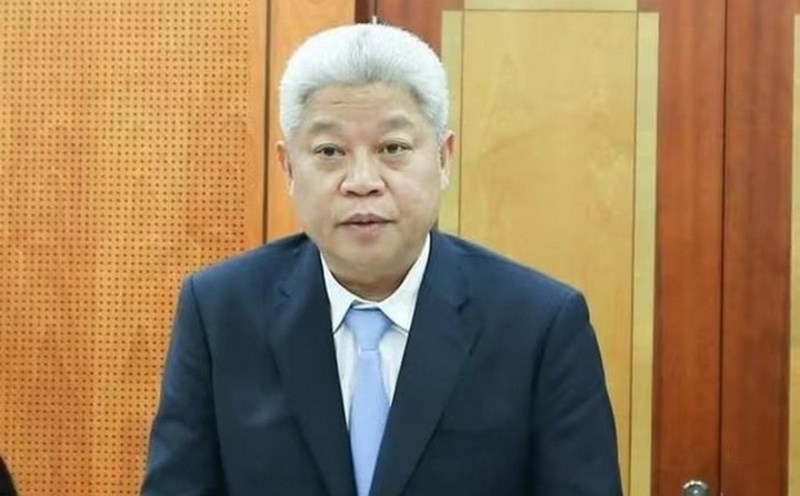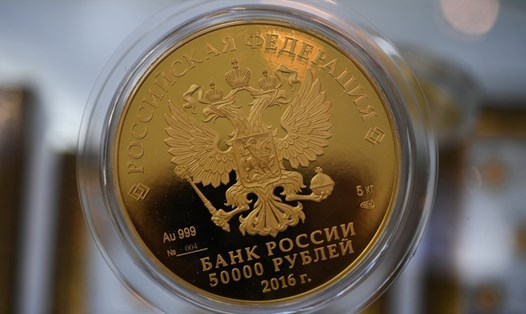Russia's gold exports
As Russian sanctions cut traditional markets mostly in Europe and the US, Moscow is looking for new ways to sell gold, such as exporting more to China and the Middle East - Bloomberg said.
Russian gold mining companies often sell gold to a number of local banks - mostly state-owned - such as VTB PJSC and Otkritie Bank. These banks will then export gold or sell to the Russian Central Bank, especially in recent years.
But the sanctions mean that selling gold to the above-mentioned banks is now not an option and although the Russian Central Bank said it would start buying gold again after a two-year hiatus, it is not expected to buy as much as before.
That has forced Russia to struggle to sell about 340 tons of gold that it mines each year, worth about 20 billion USD. Not many banks that are not sanctioned can handle such a large volume. And while the Russian government has granted miners a general export license two years ago for direct export, few have so far used the process because they prefer to rely on the bank's sales infrastructure.
However, that could change soon, as Russian mining companies are considering direct exports, and both producers and lenders are probing sales in Asia and the Middle East.
Polymetal International Plc is a manufacturer looking to export gold directly to the United Arab Emirates (UAE) and China. Several other major mining companies have also begun talks with companies based in China and the UAE.
The Russian Central Bank was once the largest sovereign gold buyer, collecting almost all of the country's mining output before suspending purchases in early 2020. The Russian Central Bank's commitment to start buying back gold will help solve part of the un exportable supply.
"There are very good budget revenues, but now they can only be done through gold purchases," said Natalia Orlova, an economist at Alfa-Bank.
The central bank has increased the amount of Russian gold reserves significantly until 2019. Currently, the central bank of Russia is limiting the price of gold they are willing to buy in 5,000 rubles per gram of gold, equivalent to US $ 1,880/ounce at the current exchange rate and lower than the international price. The two officials close to the central bank said that these purchases are designed to support the sales of gold miners because exports are facing difficulties and the domestic gold market will not be able to absorb that volume.
Retail potential
Many gold trading activities may also come from the domestic retail market. The government has lifted value-added tax on such gold purchases - a move that has long been discussed - after Russia launched a military campaign in Ukraine.
We are seeing a significant increase in demand for gold in the retail sector, said a Polymetal spokesperson. Banks are willing to pay for gold at international gold prices, not at 5,000 rubles".
Although gold prices do not tend to react to the basic rules of supply and demand similarly to other commodities, such as basic metals, energy or agriculture, a decrease in Russian gold exports will reduce global supply.
The gold market is often in a surplus, said Suki Cooper, an analyst at Standard Chartered Plc. If demand from Russia increases, the country's mining output is not consumed in the international market and excess supply is narrowed by ETFs, the gold market could move closer to a balance for the first time since 2015.




